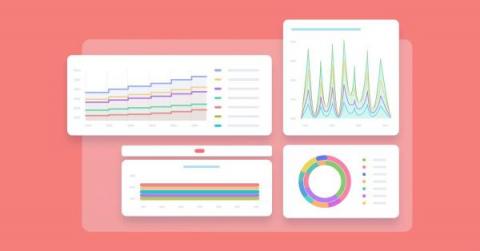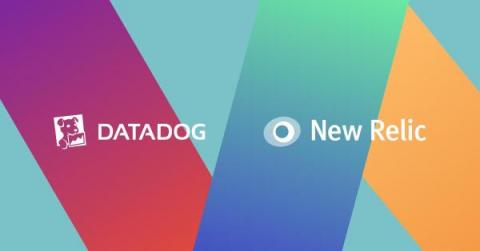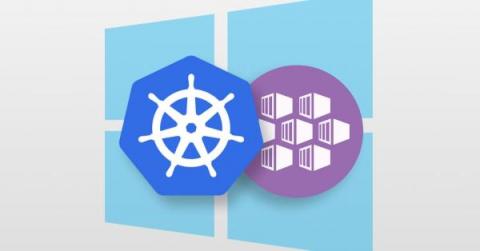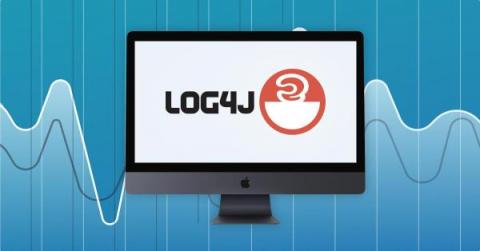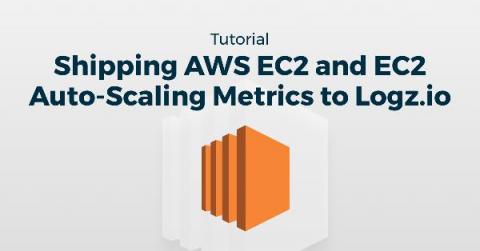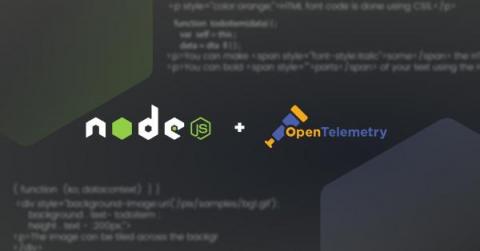A Monitoring Reality Check: More of the Same Won't Work
On December 7, 2021, Amazon’s cloud services recently suffered a major outage that not only affected Amazon services, but also many third-party services we use day-to-day, including Netflix, Disney+, Amazon Alexa, Amazon deliveries and Amazon Ring. Causes for the outage, which began at 7:30 am PST and lasted nearly seven hours, were detailed in a Root Cause Analysis report published by AWS that shed light on factors that may have contributed to the extended length of the disruption.




